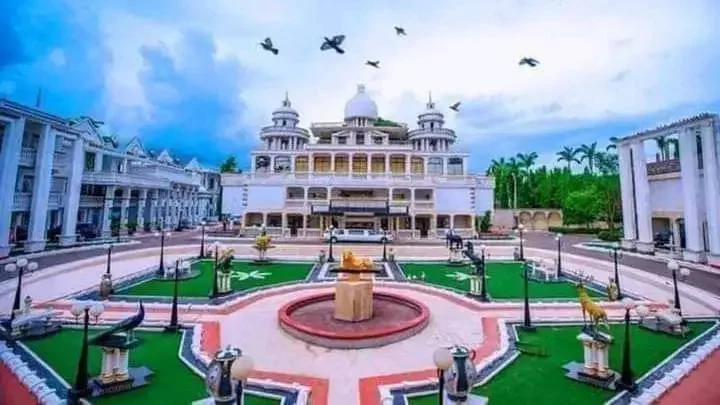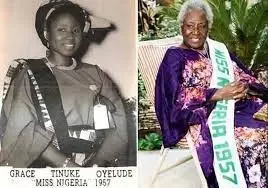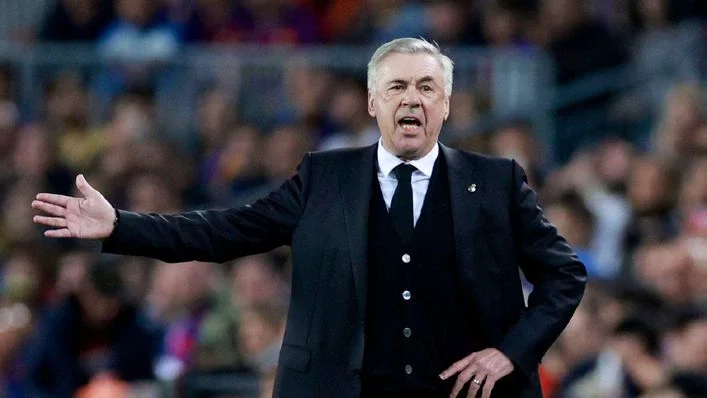![This is the smallest country in the world [www.historycom] This is the smallest country in the world [www.historycom]](https://static.netnaija.com/i/5PKDoJ3qNnM.webp)
This country, Vatican City, is the smallest both in size and population.
Vatican City is located in the heart of Rome, Italy. Despite being surrounded by the Italian capital, Vatican City is an independent country.
Its small size might surprise many, but this little country holds great significance, especially in the religious world.
How small is Vatican City?
Vatican City covers an area of only 0.49 square kilometres (0.19 square miles), making it by far the smallest country in the world by land area. To put this into perspective, the entire country is so small that it could fit inside the Lekki Conservation Centre! While many cities around the world boast populations in the millions, Vatican City's tiny population of around 800 residents makes it feel more like a tightly-knit community than a typical country.
Who lives in Vatican City?
The population of Vatican City is just around 800 people including cardinals, priests, and nuns, who serve within the Roman Catholic Church. The country also has a small number of laypeople, mostly workers for the Vatican or those closely connected to the Church.
There are also members of the Swiss Guard, who have been protecting the Pope for over 500 years. Dressed in their distinctive colourful uniforms, these guards are not just ceremonial figures but highly trained soldiers responsible for the Pope's security.
Interestingly, while Vatican City has a small population, millions of visitors pour into the country each year, visiting its world-famous religious and cultural landmarks, like St. Peter's Basilica, the Sistine Chapel, and the Vatican Museums.
A religious hub
Vatican City is the centre of the Roman Catholic Church, one of the world's oldest and largest religious institutions. The Pope, the head of the Catholic Church, lives here, and Vatican City serves as the heart of Catholic leadership. The Pope is not only the spiritual leader of over 1.3 billion Catholics globally but also the head of state of Vatican City itself.
The Papal Basilica of St. Peter, one of the largest churches in the world, is situated in Vatican City, drawing religious pilgrims and tourists alike. The city is also known for the Sistine Chapel, famous for its ceiling painted by Michelangelo, which is regarded as one of the greatest masterpieces of Western art.
Economy and governance
Though small in size, Vatican City operates like any other independent state. The Pope is the head of state, and he governs with the help of advisors and administrative bodies within the Vatican. This is also the only country where Latin remains the official language.
Vatican City generates revenue primarily through tourism. Visitors from all over the world pay to tour its museums, purchase Vatican stamps, and buy souvenirs.
Additionally, donations from Catholics globally support its economy, and the Vatican also invests in assets around the world.
History and independence
How did Vatican City become a country? It wasn't always the independent state we know today. Vatican City gained sovereignty in 1929 through the Lateran Treaty, signed between the Holy See (the central governing body of the Catholic Church) and Italy. Before that, popes ruled over a much larger area known as the Papal States. However, these territories were absorbed into Italy during the unification of the country in the 19th century. The treaty ensured that Vatican City would remain independent, allowing the Church to govern its own affairs.
For Catholics around the world, Vatican City is a place of great spiritual importance, and its global influence in religious matters continues to this day.
















Comments